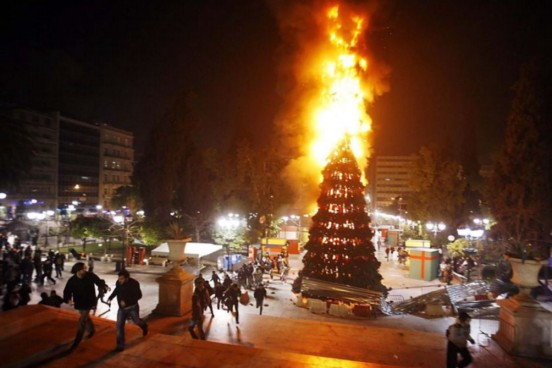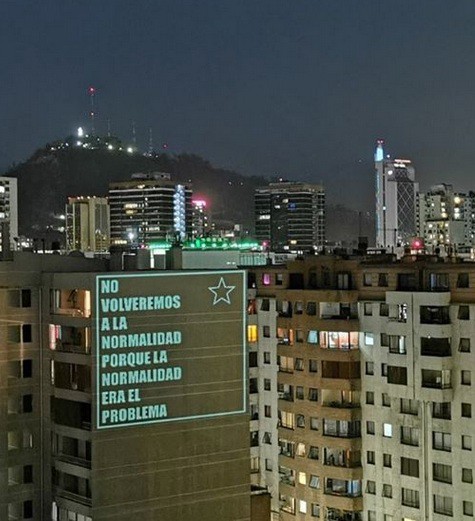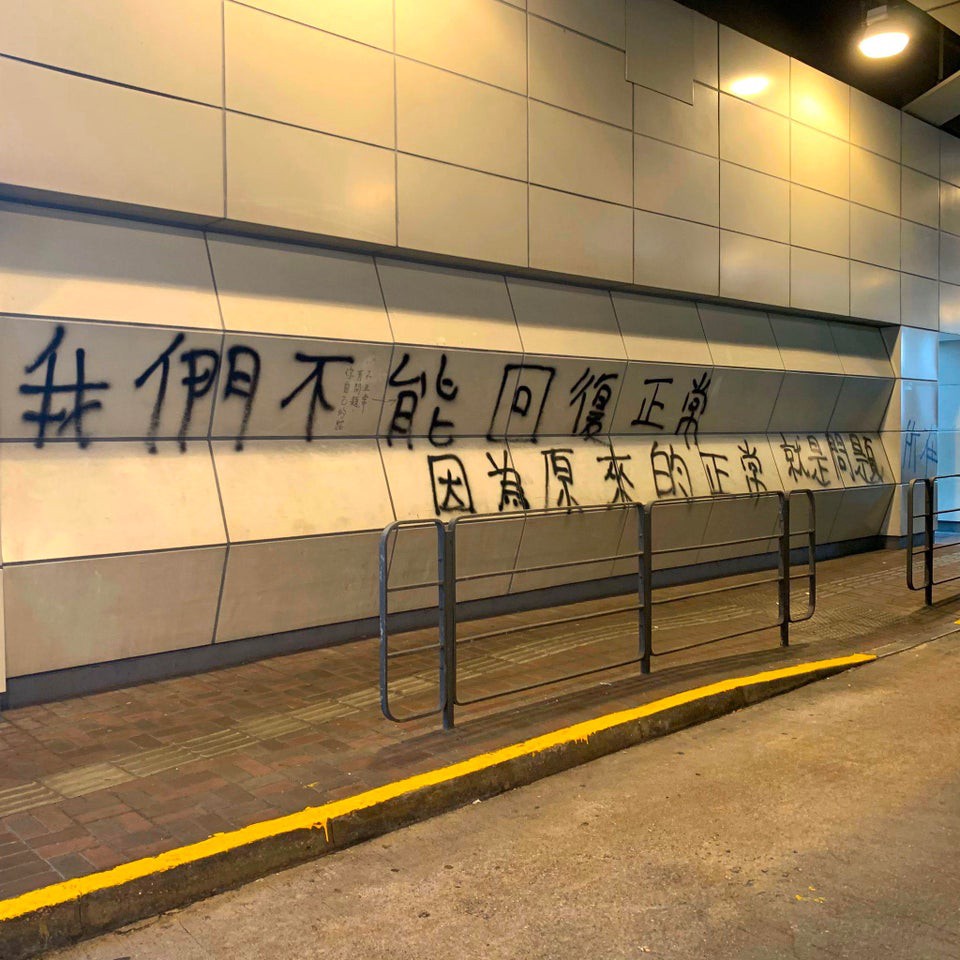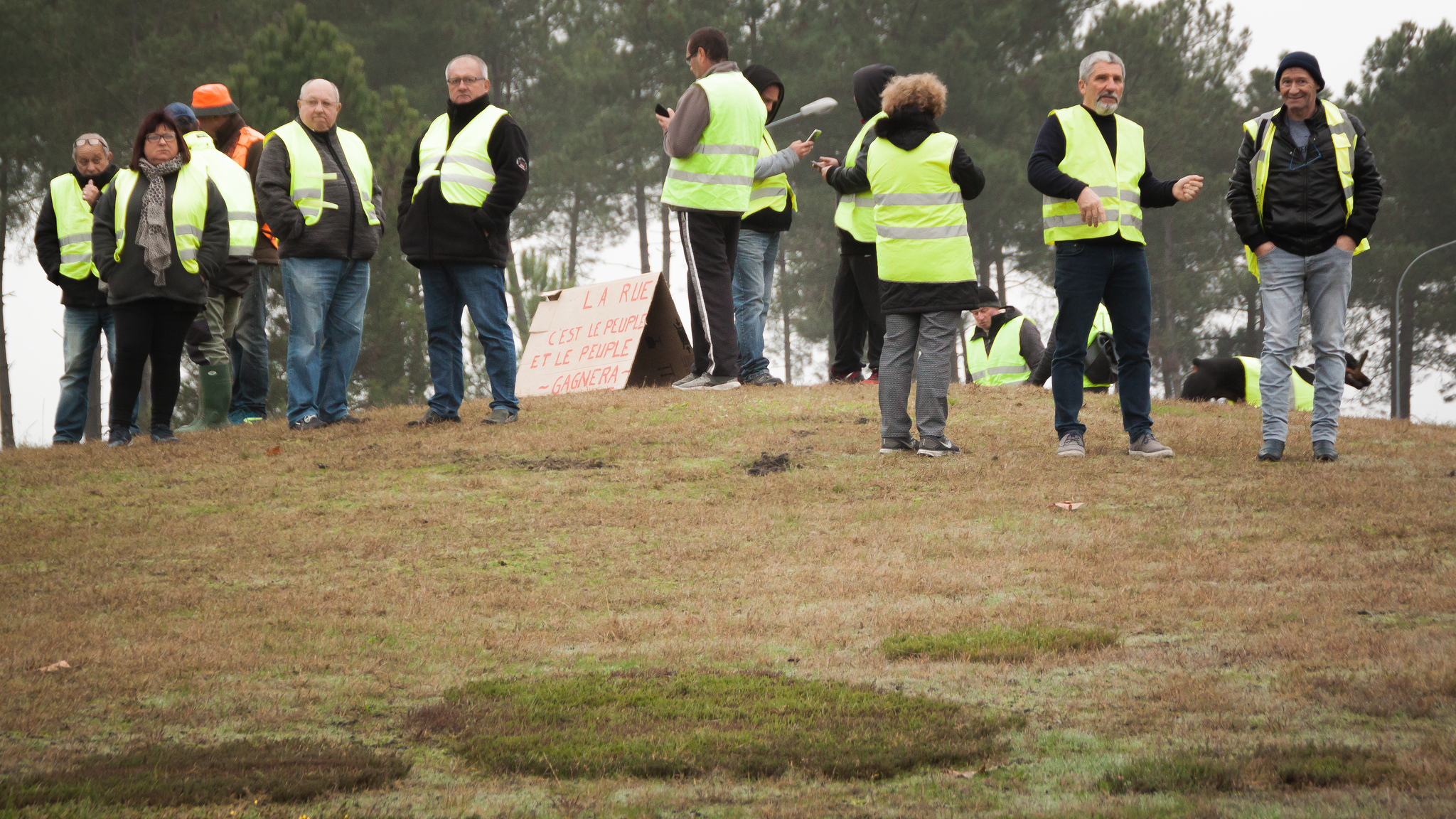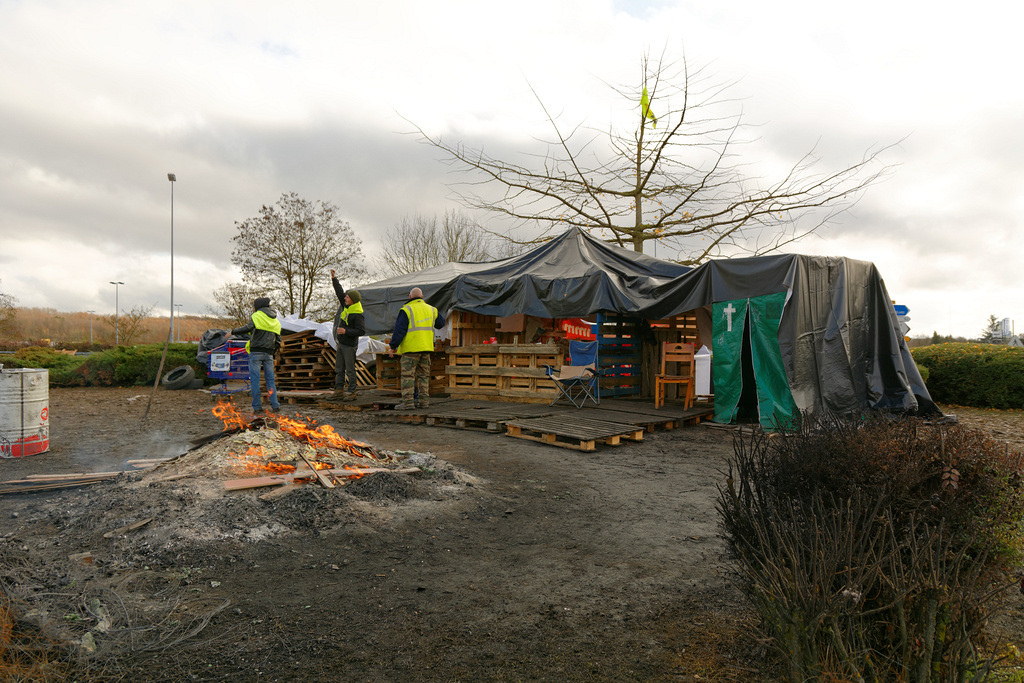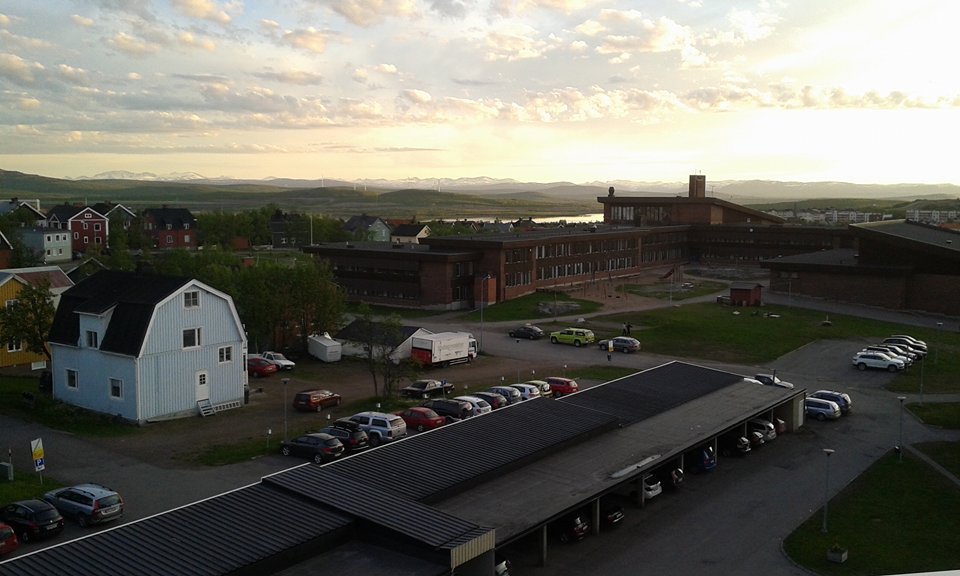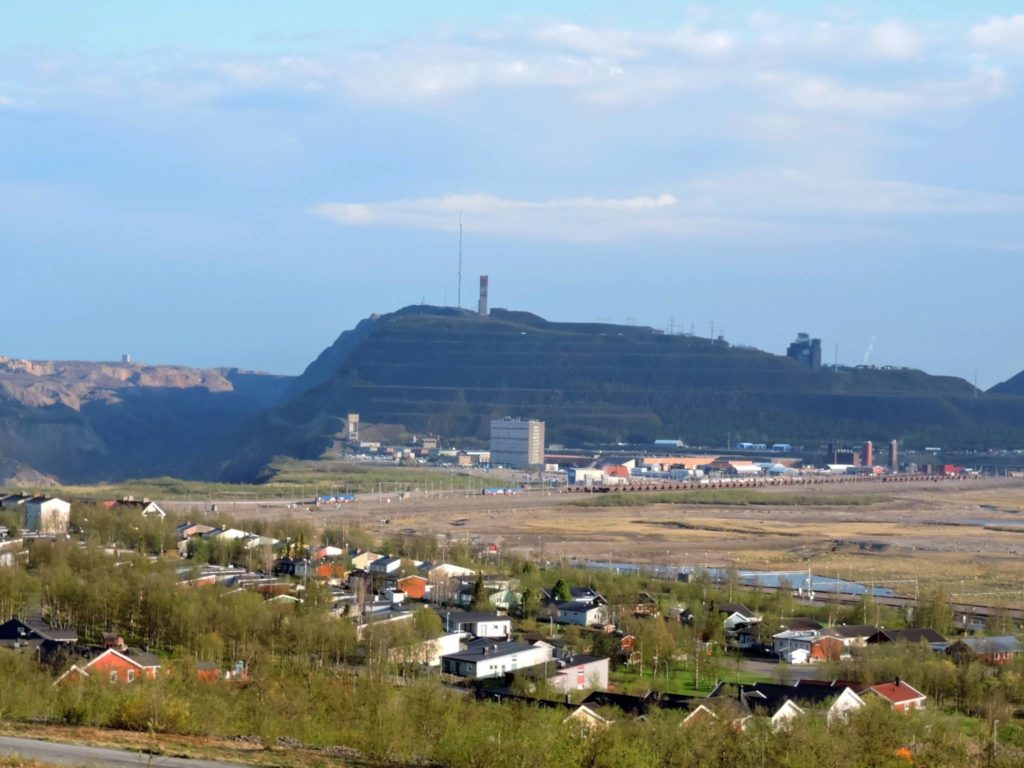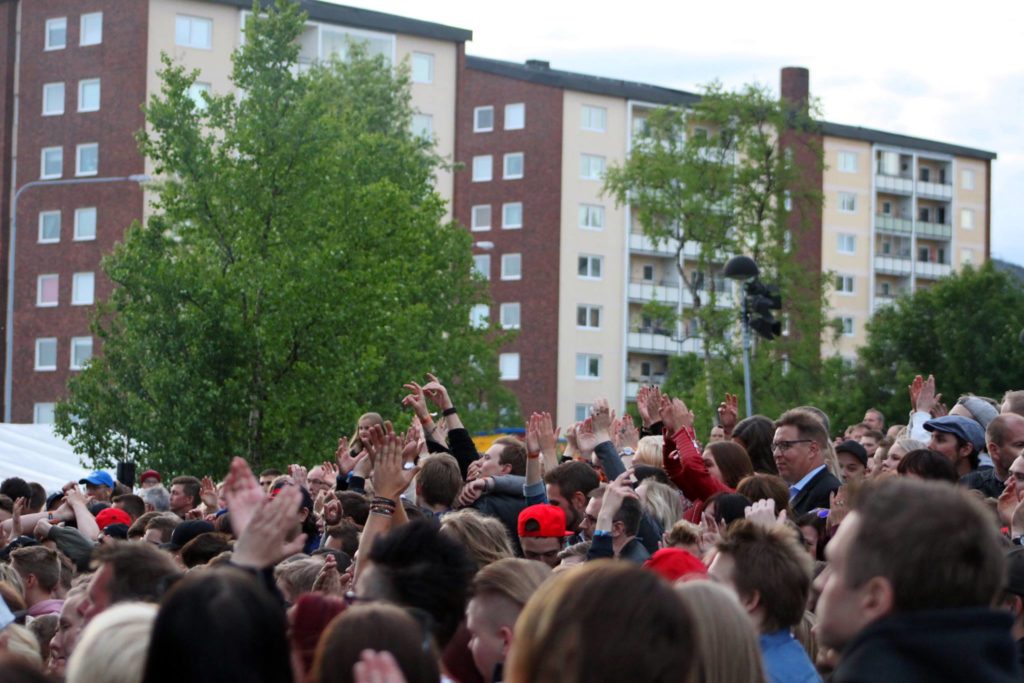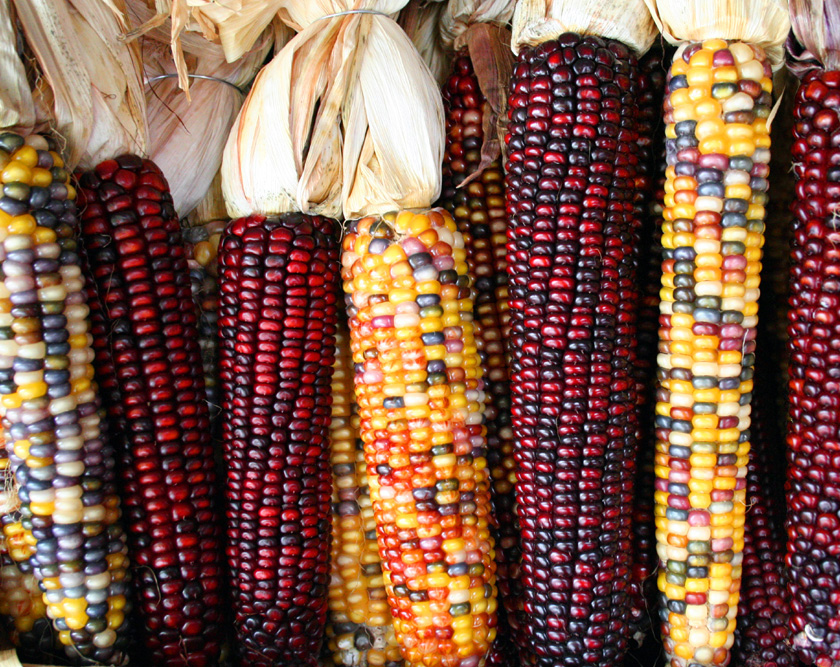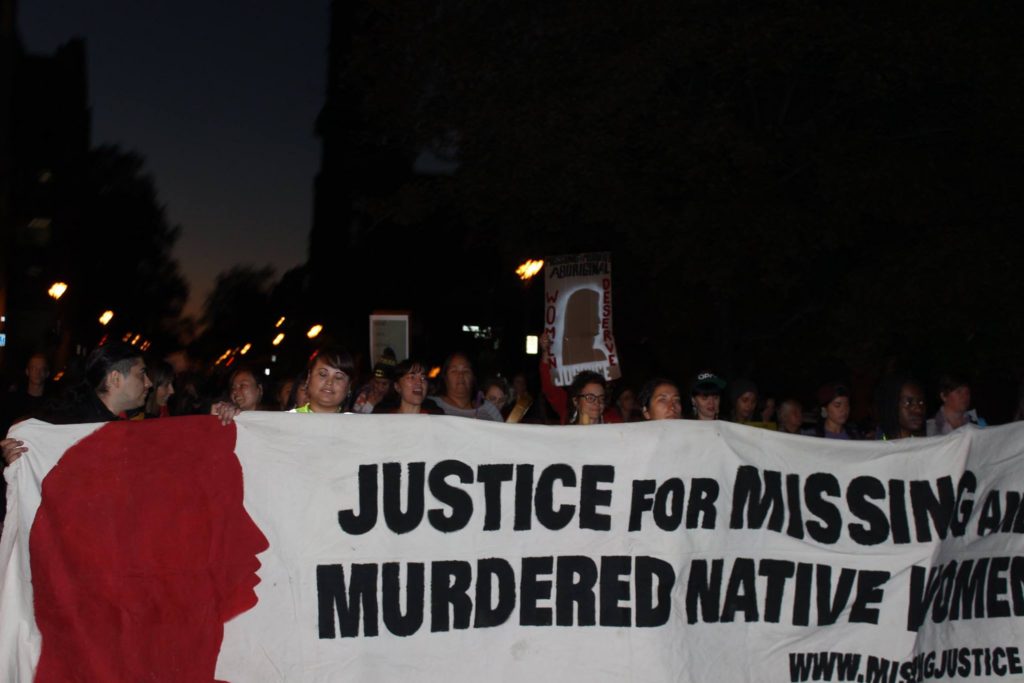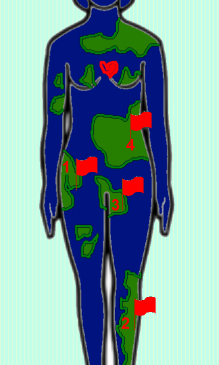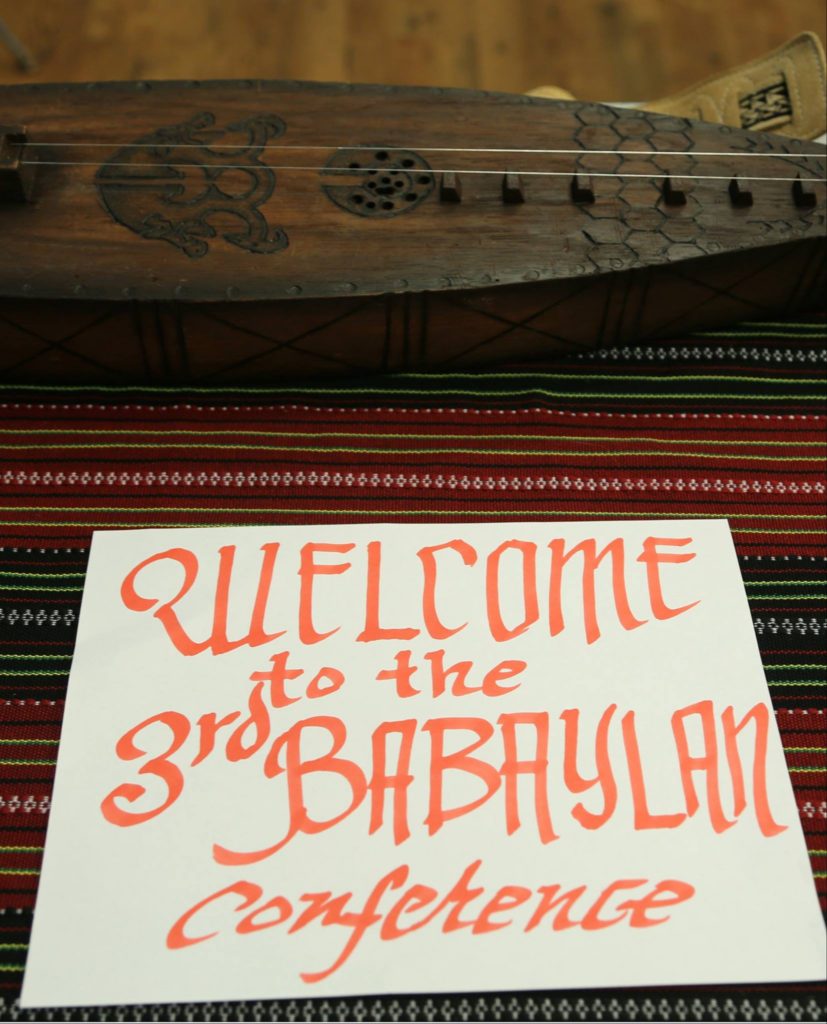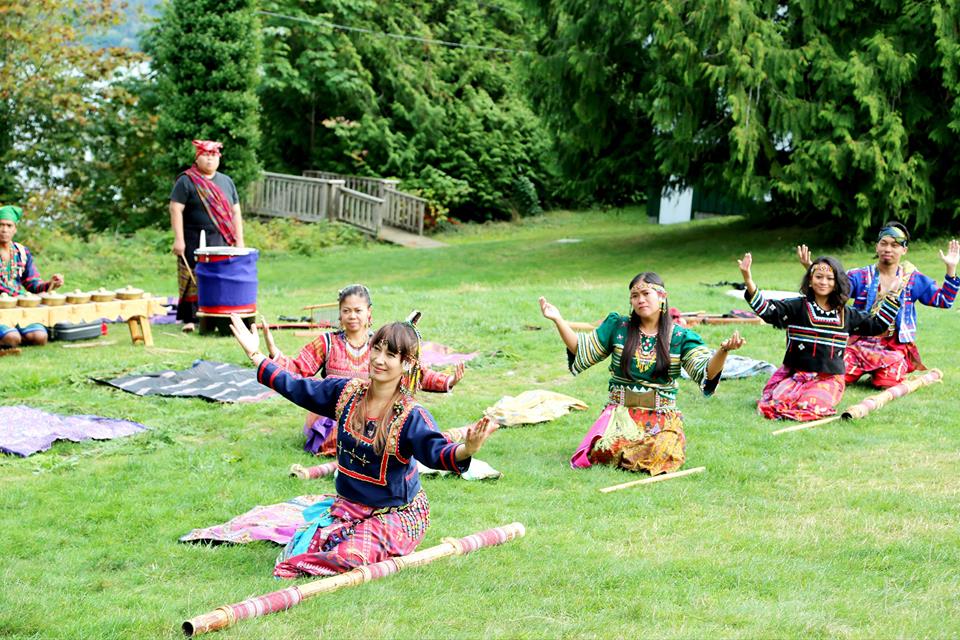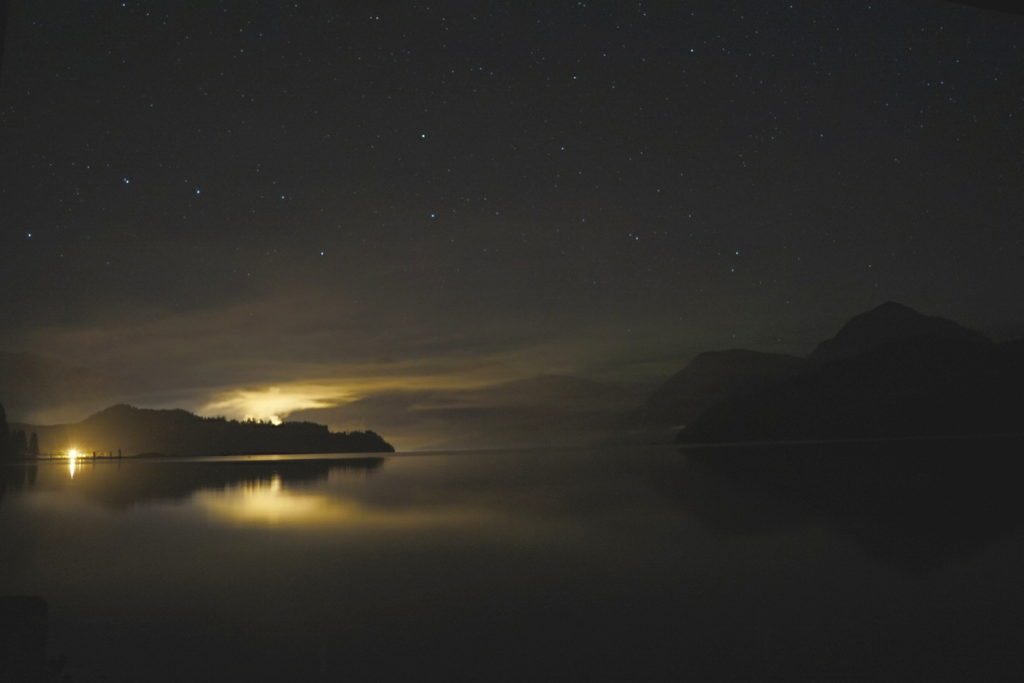by Jack Young
This essay was composed in conjunction with a year-long residency at Spike Island Gallery in Bristol, U.K., taking place throughout 2022. It is part of a larger project exploring the concept of the Body-Forest and how thinking of the body as an interconnected ecosystem, rather than the body-machine metaphor developed under capitalism, might shift the way we think about our human connection to the world. This idea was first introduced by the evolutionary biologist Pierre Sonigo in ‘The Robot and the Forest’ and further developed by Shrese. How might the Body-Forest de-centre the human? How might it change how we think about time? Or language? Or desire? The following piece explores the Body-Forest as community.
I walk along the approach to Leigh Woods on the edges of Bristol, trudging up from the Cumberland Basin. The mud cakes my boots and hands and I accidentally smear soil across my face. I sense my body becoming something more than my body as the soil collapses the boundaries between myself and the woods. We merge in an oozing embrace. The path becomes a river. One misstep and I slip and slide in the rich hummus that streams down from the previous night’s rain. Without the grasp of a beech here or an oak there I risk tumbling toward the River Avon’s grey surge below.
I pass a jogger who has stopped to take photos in the woods. Their breath billows in the forest air as two ecosystems breathe as one: the woods and the jogger. Green breath meets green breath. Below my feet the fungal network surges with intricate connections, erupting out of the earth in arrays of glistening mushrooms among oak worms and darkling beetles. These woods make clear that our bodies are not merely our bodies. They are intimately connected with the bodies of trees and plants and fungi, with the bullfinches and marsh tits and fly orchids, all breathing separately, yet as one. My body is only my body in relation to the other bodies that surround it. The woods collapse the idea of a discrete body, throwing into question notions of the individual and community.
I keep clambering up the forest slopes, leaving room for the jogger to pass as we nod from afar—the best connection we can muster in this viral world of distance. The smells are dizzying in their variety: rotting fruit, decomposing bark, and pungent fox-piss. I can almost make out the birdsong, the trees rustling above, an unkindness of ravens. But the human noise—the whirr of cars—always supersedes the forest noise. This close to the city, the humming of the A-road is always audible. The human drowns out the non-human.
This near square mile of woodland that survived wealthy suburban development only did so due to the 1909 donation of the land to the National Trust by tobacco tycoon Sir George Alfred Wills. At this same historical moment, Wills was expanding his fortune into the British Empire in India. The name of his company—Imperial Tobacco—speaks volumes about the sources of his wealth, reflecting the deep and troubling ties in Bristol between the tobacco industry and the Transatlantic Slave Trade, involving merchants like notorious slave-trader Edward Colston. Colston (made internationally famous by the toppling of his statue in the Black Lives Matter protests of 2020) was, like Wills, known across the city for generous donations to civic buildings, yet such benevolence at home was a means to mask atrocities abroad.
As I climb, dwelling on this troubled history, I pass tents hidden in the undergrowth and limestone slabs where fire pits once blazed in the forest-dark. I also notice signs of less sustainable relations between the human and non-human. There are sheer drops in the gorge carved out by industrial quarrying. These quarries were dug into the ground near Bristol as the British Empire continued to pillage the rest of the world in the industrialisation of the 19th Century, when George Alfred Wills’ father, Henry Overton Wills III, was expanding his tobacco business with slave-produced tobacco from the USA. Brunel’s Suspension Bridge was built at the southern end of Leigh woods on the back of these kind of expansions, with a large part of its funding coming through The Society of Merchant Venturers, of which Colston had been a member. This Society controversially still exists today.
Nearby lies Ashton Court Estate, inhabited for centuries by the merchant Smyth family. Their expansion at home and abroad reflects this wider story of the wealth of this country. The Smyth’s vast woods, country garden and imperious buildings were partly funded by the plunder of African soil, of plants as well as humans, and an 18th Century marriage to the heiress of a Jamaican slave plantation.
I finally reach the top of the forest bank, breathless though breathheavy. Ancient copper beeches shiver all rust-red and magnificent. I encounter a sign:
PRIVATE PROPERTY: DO NOT TRESPASS BEYOND THIS POINT.
I look beyond the sign, the view bramble-thick and obscured, and can just make out spiked black railings and a huge mansion with seven luxury cars lined up outside. As I peer at the manicured lawn and cavernous multi-storeyed house, my body mud-smeared and lichen-fingered, I think about how the ‘public access’ of these woods belies the fact that those that can pay are allowed far more access than others. In the United Kingdom, less than one percent of the population owns more than half the land. A recent mapping by Guy Shrubsole showed that a third of our woods are owned by only a thousand landowners.
I sense how utterly alive and brimming with life the woods are—of how much life wants to live.
In addition, there is a marked racial disparity to land access in the U.K., where people of colour have much less access to green spaces. The widespread phenomena of rural racism is yet another barrier that occurs in the countryside. Groups like Land in Our Names (LION) have outlined the lesser ability to own land to develop food sovereignty among racially marginalised groups. For thousands of years, England has been a viciously bounded land in a process that was ramped into overdrive from the enclosures of the seventeenth century onwards. Leigh Woods itself is divided between north and south by an Enclosure Act of 1813, with the northern half formerly part of the Smyth’s Ashton Court estate. Yet this boundedness sits at odds with the fecundity of both the woods and our bodies.
I make my way down from the brambles, the shadow of Brunel’s Suspension Bridge just within sight through the trees. I pass fingered sedge and clusters of ferns, while squirrels scurry across the canopy. I sense how utterly alive and brimming with life the woods are—of how much life wants to live.
Then I stop dead in my tracks. A huge limestone crevice drops three metres to a cave system beneath me. I look around the crevice and notice a series of steps fashioned from branches and iron. I begin to make my way down, clinging to the mossy banks, roots and slabs for support. As I move around to the other side of the ad hoc staircase, I notice a gate inscribed in marker with the words:
COMMUNITY SPIRIT KEEPS US ALL GOING.
A quick glance shows that someone has been living here so I hold back, wary not to intrude. I dwell on how caves and forests have sheltered humans and provided food and resources throughout history. I think of the Kayapo and Xavante peoples forced to flee their millennia-old homes in the northern Amazon and the hundreds of Indigenous tribes in Colombia whose lands were plundered and seized by various government-backed paramilitaries and bombed from above by the US War on Drugs.
I imagine this cave system must weave beneath the foundations of the mansion and its no trespass sign, iron railings, and seven cars parked outside. Fence meeting fence. And in this moment, stuck between those two worlds—the gated communities of privilege and the evidence of another’s precarious shelter—I think about the different ways we have become disconnected from thinking of our bodies as an ecosystem, intricately connected to other bodies, not merely the human. And in this moment, I yearn for a shift in the way we think of our bodies and of community: I yearn for the community of the Body-Forest.
‘The forest moulds itself around the girls. More than something inanimate passed through by something living, the landscapes come to the humans and change their consciousness and form. Forest and humans are made equals: the girls walk through a transformable landscape, but they are also part of the transformation.’ - Jenny Hval, Girls Against God (2020)
The imaginary forest
Despite its role as a place of shelter, food, and resources, humans have often held an ambivalent relationship with the wild. They have been places of fear and trepidation; within Western imaginaries a place of warning for the “civilised” Western subject of how “wildness” leads to an unravelling of the self and the civilised world. This is captured by the Latin root silvestris, which means both wooded and wild.
In her hallucinatory Taiga Syndrome (English translation, 2018), Cristina Rivera Garza self-consciously nods toward The Brothers Grimms’ “Hansel and Gretel.” In her novel, the vastness of the boreal forest—the Taiga—is a site of horror and anonymity for the detective tasked with finding a missing couple within it. This forest is a place where things and people go missing, breadcrumbs lead nowhere, and the non-human refuses to bend its branches to aid humans.
The forest looms large in many folk-horror films, too, with Robert Egger’s VVitch (2015) being a salient example. Here, the protagonist’s family show a lack of understanding of the woods after they are banished from their white settler town. The threat of the woods to this family living on its fringes ultimately leads them to ruin, revealing the brittleness of their Christian systems of understanding, while carving out space for the revolutionary potential of women’s sexual power suggested by the film’s climax, as the protagonist embraces the expansiveness of her desires realigned through intimate dialogue with the power of the woods.
VVitch is set around the same historical moment in the seventeenth century that saw the turbulence of the English Civil Wars, ultimately leading to the beheading of Charles I. Among this upheaval, the royalist elite held a deep fear of those that lived outside the state’s power in the cities. This same royalist elite included the parents of Edward Colston, among many other Bristol merchants. In The World Turned Upside Down (1972), Christopher Hill calls the groups that the elite so feared the ‘masterless men’ of woodland communities. The fear of that time was potently outlined by Thomas Hobbes in Leviathan (1651), where he wrote that life outside the safety of a sovereign’s power was one of ‘continual fear, and danger of violent death; and the life of man, solitary, poor, nasty, brutish, and short.’ Such antagonism toward the ‘masterless men’ and the terror and mystery of the woods where they lived, acted as state propaganda for the enclosures of common lands that were rapidly accelerating.
As I move away from the cave, I think about the widespread working-class resistance to enclosure at that time, such as the working-class Northamptonshire poet, John Clare, and the visionary leader of the Diggers movement, Gerard Winstanley, who, in his True Levellers Standard Advanced of 1649, called for the common people to ‘break in pieces quickly the Band of particular Propriety, disown this oppressing Murder, Opression and Thievery of Buying and Selling of Land, owning of landlords and paying of Rents and give thy free Consent to make the Earth a Common Treasury…’
In Winstanley and Clare, and in the contemporary narratives of Taiga Syndrome and VVitch, there is a deep respect for wild land such as the woods, and a revealing of the dangers that await those who fail to pay due respect. This dynamic of respect for the non-human is something people living in non-Western communities have been carrying out for thousands of years, from the Indigenous tribes of the Amazon to peoples of the First Nations, as well as closer to the U.K. with land justice movements mentioned above such as LION, and others such as Wild in the City.
‘Something is trying to tell me. That voice at the edge of things…. I tremble before the animal, the alien, the sub- or suprahuman, the me that has something in common with the wind and the trees and the rocks, that possesses a demon determination and ruthlessness beyond the human’ – Gloria Anzaldúa, Borderlands/La Frontera (1987)
The forest and difference
In Ciro Guerra’s film El Abrazo De La Serpiente (Embrace of the Serpent, 2016), the last member of the Cohiuano tribe in the Colombian Amazon must move through the jungle as part of his rites of passage. His tribe, too, fears the forest. ‘To become warriors, the Cohiuanos must abandon all and go alone to the jungle, guided only by their dreams. In this journey, he has to find out, in solitude and silence, who he really is. He must become a wanderer dream.’ Yet the Cohiuano’s fear of the forest’s difference does not lead to violence, but a deepened respect and understanding. To meet the jungle in ‘silence’ and ‘solitude’ is to listen to it on its own terms, which in turn shapes the people they can become if they heed its call. The forest moulds itself around the girls.
I’m drawn to the community theatre of Dwight Conquergood, whose work greatly influences my own. He argues that when encountering cultures, languages, and life experiences outside of one’s own, the aim should be for the deeply different to become deeply known, without becoming any less different. This is my goal when engaging with communities and people outside my own frames of reference. We can expand this to also think about how we engage with other living beings, such as plants and trees and animals. Like the Cohiuano tribe member in El Abrazo De La Serpiente, thinking within the Body-Forest as community would mean encountering difference and seeing it as a site of learning and respect—to deeply know that which is different, without collapsing the integrity of difference.
‘The Earth does not expect you to save her, she expects you to respect her’ – Nemonte Nenquimo
Our relationship and community with the woods is not a simple one. Nor should it be. But in the West, it is a relationship that has become defined by extraction and destruction, as shown by the fires ravaging through the ancient forest ecosystems of California, Greece, Italy, Turkey, Siberia and China, at the time of writing.
Humans, after all, are nature too, no matter how hard some try to transcend it.
Yet whenever there is a tilt toward understanding forests on their own terms, we find both the forest’s breath and our own breath moving longer and deeper. Robin Wall Kimmerer gives a prescient example of this in her book Braiding Sweetgrass (2013). She explores the difference in numbers of endangered black ash trees when in proximity to the Potawatomi peoples (who make their baskets with the ash). In areas where Potawatomi basket makers lived and worked, the ash numbers thrived. However, when the weavers were absent, the tree numbers were less plentiful. The forests were thicker, and less light reached the ash on the forest floor. Through sustainable cultivation, the Potawatomi people helped the black ash flourish again.
As I make my way along the limestone ridge, I notice that here in Leigh Woods there is also evidence of a more sustainable co-existence between the human and non-human. Up ahead I can hear the shuffling snaps of hoofs in the forest understory. Looking closer I see the ruddy shapes of North Devon Cattle among the cover of trees in the distance. They have been introduced here to help invigorate the pasture of this ancient woodland, as their grazing enables the clearing of bramble and scrub, allowing the herb-rich limestone grassland to survive, giving more space for veteran trees to breathe away from encroaching scrub, and helping to preserve the Iron Age Stokeleigh Fort found here.
In writing about the forest, I do not want to create some kind of false wilderness void of human presence. Humans, after all, are nature too, no matter how hard some try to transcend it. But wherever we meet the woods on equal footing, in ways that are mutually beneficial, everyone thrives. What is good for the woods is good for us.
‘There’s a humour in the way they walk
Even a flower walks
But they don’t look for me
It walks just as it’s grown
It’s laughing so naturally
It tells me a tree’s a tree’
– Julia Holter, ‘In the Green Wild’
The forest and the border
As I take a last look back at the mansion behind me on the ridge, increasingly obscured by the deepening thicket, I see boundary after boundary after boundary. The railings, the high brick walls, the closed-circuit television cameras on the gates, the multitude of cars. Fence meets fence. Attempts to fix and lock the human in place. A gated community of individual power tucked away in high security houses, detached from the many people who live layered in the city centre over the bridge.
A man’s home is his castle, goes the old saying. But what if a person’s home was the forest? Remove the possessive and masculine ‘his.’ We could note the cave-dwellers beneath the mansion walls and the various tents in the undergrowth, pushed out by extortionate rents and chronically insufficient social housing in cities like Bristol. But taken in a wider sense, it would mean thinking of our bodies not as individual entities, shored up in walls and discrete houses set apart from others, but rather complex ecosystems as dependent on the non-human as the non-human is dependent on us. The Body-Forest as community.
‘No, no! I am nothing pure! My race is mixed. My sex is mixed. I am woman and man, light with darkness, nothing pure! I am mud and flame!’ – Penda’s Fen (1974)
The promiscuous forest
I frequently struggle with the demarcation of the ‘human’ and ‘non-human.’ It can create a misleading boundedness about our bodies and their relationship with other bodies. I’m far more drawn to the use of more-than-human. Rather than define anything that is not human by its negation—non-human—we see it as more, something to respect and view horizontally.
The woods endlessly trespass.
This interconnectedness of species, including humans, is indicated by the fact that more than half of the cells that make up our bodies are actually bacteria and fungi (traditionally seen as ‘non-human’). We are so much greater than the sum of our parts, if only we could change the way we see ourselves. Such manoeuvres within the Body-Forest as community could decentre the human from our privileged location in the world. It might begin to branch our thinking outward into horizontal structures of mutual benefit between humans and other living beings. Such thinking might desbordar our ideas of the human body as a closed and finite entity. Desbordar is a Spanish word, meaning to overflow limits or brim over. The woods desbordar too—constantly overflowing their ‘limits’ and making a mockery of ideas of PRIVATE PROPERTY and TRESPASS.
The woods endlessly trespass. I’m reminded of this as I see mushrooms erupting through a rotting ash down from the ridge, tinged acid-green at their gills and spreading wildly through the hollow. The fungi that comprise a large component of our own bodies also comprise a large part of the forest body. Tree roots, fungi, and bacteria exist symbiotically, sharing and distributing resources between one another and allowing the trees to communicate with each other. Dying trees can divest themselves of resources for the benefit of younger trees. Trees in the sun may give extra resources to trees in shady areas.
In the 1980s, the relationship between fungi and trees was commonly thought to be a reflection of the free-market economics championed by that era. As Margaret Thatcher declared that ‘there is no such thing as society’, merely individuals, many scientists went to the woods and decided that trees compete against each other for soil and light while fungi feed off them and cause disease. Yet rather than competition, that zero-sum game of one species dominating another (cue the mansion on the ridge, the Etonians in the government cabinet, the Western conquest of Indigenous lands), we find something far more complex and outside the limits of human language. While the implications of this phenomenon are astounding and far less simplistic than the free-market metaphors of old, we must also be wary of imposing another, but more collaborative, human structure on the world. In the Body-Forest we must sit with difference and unknowingness and see it as a location of learning and respect. The deeply different can become deeply known without becoming any less different.
Merlin Sheldrake, whose recent Entangled Life (2020) probes this mycorrhizal wonder in incredible detail, describes how the amorphous and streaming bodies of fungal networks exist as one, ‘without ceasing to be many.’ Sheldrake compares this to the way polyphonic music works, where each individual voice has resonance without losing its relationship to the whole. I hear this when The Reykjavik Women’s Choir sings on Bjork’s Biophilia (2011), in the choral music of Thomas Tallis and William Byrd, or in the dialogue of insect and human in the gorgeous Be-One album. I revel in this sense of being part of something that is bigger than me and becoming nourished through the experience of the collective. In the woods, I’m slipping in the sludge and I’m unsure if what I’m following is even a footpath anymore, the gorge seems to be getting steeper, and I have to concentrate all my attention to avoid stumbling down.
‘A forest knows things. They wire themselves up underground. There are brains down there, ones our own brains aren’t shaped to see. Root plasticity. The environment is alive, a fluid changing web of purposeful lives dependent on each other, flowers shape bees as much as bees shape flowers. Trees shape us as much as we shape trees. We’ve just forgotten how to see.’ – Richard Powers, The Overstory (2018)
The lonely forest
We’ve just forgotten how to see. In this age of mass media, 24-hour news cycles, smashed-apart labour unions, the gutting of communities through gentrification and widespread state surveillance, we have become more atomised than ever. The modernist poet Jane Harrison termed the phrase holopsychosis to describe humanity’s lost familiarity with collective experience, which she saw as a state of being before existence was divided into subjects and objects. Holopsychosis captures something of what we have lost, or that which we cannot access, diminished by gated communities, exploitative work and zero-hour contracts, empty luxury builds rising in the wake of scorched-out council towers and billionaire-infested governments. I would say we are suffering from holopsychosis more than ever.
And yet, I’m reminded again and again of what the brilliant and dearly missed David Graeber, in his influential book Debt: The First 5000 Years (2011), called everyday communism. Graeber argued that communism is the foundation of all human sociability and makes society possible, giving instances such as the simple gesture of borrowing a cigarette and broader examples, such as the centrality of sharing food among many cultures across the world.
Throughout the COVID-19 pandemic there has been a renewed sense of this need for collective action, for properly funded public health care (and the tragic cost of its absence); a surge in interest in Green New Deals; of mutual aid groups popping up around the country and the timely reminder of those that had been around for decades, particularly among migrant populations in our cities. The powers that be will do all they can to divide us, systematically and without mercy, but the search for connection and community will continue to erupt through the cracks of stone walls and mansions, much like the ivy that drips down the walls of Ashton Court’s fallen empire on the other side of these woods, filling the cracks and splitting the stones, roots thick and creeping into the entrances of stately homes. All their castles will turn back to soil.
‘No matter how we are kept apart, humans always find each other. We will talk through walls if we have to, pass notes, write graffiti in the middle of the night.’ – Anne Boyer
The forest and mutual aid
I stop for a moment to catch my breath and take a sip of water by the side of a fallen oak. In the stillness, held in the stirring wood, I notice the tiny shapes of ants making their way across the roughed ridges of the trunk, scuttling in tight formation, with torn leaves twice their size carried above their delicate bodies. I think of Peter Kropotkin, who explored the phenomena of cooperation among more-than-human species in Mutual Aid: A Factor of Evolution (1902), ranging from the cohabitation of multiple animals in lake habitats to the mass-migration of fallow-deer on the Amur. He used his observations of mutual aid within the more-than-human world evolution to develop an understanding of how mutual aid could also be found within human societies:
‘It is not love, and not even sympathy (understood in its proper sense) which induces a herd of ruminants or of horses to form a ring in order to resist an attack of wolves; not love which induces wolves to form a pack for hunting; not love which induces kittens or lambs to play, or a dozen species of young birds to spend their days together in the autumn; and it is neither love nor personal sympathy which induces many thousand fallow-deer scattered over a territory as large as France to form into a score of separate herds, all marching toward a given spot, in order to cross there a river. It is a feeling infinitely wider than love or personal sympathy—an instinct that has been slowly developed among animals and men in the course of an extremely long evolution, and which has taught animals and men alike the force they can borrow from the practice of mutual aid and support, and the joys they can find in social life… It is not love and not even sympathy upon which society is based in mankind. It is the conscience—be it only at the stage of an instinct—of human solidarity. It is the unconscious recognition of the force that is borrowed by each man from the practice of mutual aid; of the close dependence of everyone’s happiness upon the happiness of all; and of the sense of justice or equity which brings the individual to consider the rights of every other individual as equal to his own.’
In one of his last essays, David Graeber wrote about how it was through Kropotkin’s observations of various animals’ relationship to mutualism that he was able to refute the ‘survival-of-the-fittest’ evolutionary theories of the Social Darwinists of the nineteenth century—theories that were used to legitimise European colonialism’s genocides (and have been eagerly revisited today by the eugenics-crazed minds of Dominic Cummings and his cronies’ deep influence in the present U.K. government).
I take another sip of my water and turn from the scurrying line of ants, making for the gap in the canopy ahead which indicates I’m edging closer to Brunel’s bridge. I think about how there are acts of solidarity happening every day, visible evidence to discredit the ‘Selfish Gene’ of Richard Dawkin’s breed of evolutionary science. Dawkins argues that a gene’s ‘drive’ to replicate itself shows that selfishness is endemic to all living things. Yet his argument falls short by our clear capacity to self-sacrifice, as well as self-preservation. As Graeber indicated, cooperation, or communism, is the foundation of all social relationships, and we can see that such relationships as are forged in cooperatives and radical municipalities, enable the people involved to build resilience and deepen their ability to both give and receive.
‘Life did not take over the globe by combat, but by networking. Life forms multiplied and complexified by co-opting others, not just by killing them’ – Lynn Margulis, Microcosmos (1986)
The microbial forest
We find further interconnectedness at the microscopic level. The evolutionary biologist Lynn Margulis discovered that all larger organisms (such as fungi, animals, and plants) evolved symbiogenetically. For Margulis, evolution arose through what she calls the intimacy of strangers, i.e., cells, bodies, and organisms coming together in mutually beneficial ways. In her work Symbiotic Planet (1998), she describes a worm often mistaken for seaweed. Photosynthesizing algae live within these translucent worms, making them appear green. They lie on the beach together and the algae produce food for both organisms. Each part of this pair performs parts of their shared functions—they remain genetically separate organisms, but they act as a single being, rendering it impossible to determine where one organism ends and the other begins. On a molecular level Margulis proved that we have relied on the intimacy of strangers—the networking between life organisms—throughout our long history of evolution. This networking still goes on today.
What kind of world might we move toward if we could bring to ruin the lie that places the sanctity of the individual over the power of the collective?
I’m wary not to collapse Margulis’s microbial research into human concepts of organisation. I wish to acknowledge that neither genomes nor fungi cooperate in the way we understand humans can. Yet Margulis’s symbiotic organisms explode the idea that we are a bounded and somehow privileged species.
COMMUNITY SPIRIT KEEPS US ALL GOING
In the wake of the crises of both the climate and COVID, itself a climate crisis, and the rise of the far-right machismo of Trump, Bolsanoro, Modi, Johnson, and others like them, it is easy to feel trapped by the holopsychosis of the modern world. Yet beyond the headlines we can find the intimacy of strangers. We can choose to come across difference and refuse to meet it with distrust, but rather respect—the deeply different becomes deeply known without becoming any less different. We can choose to come across difference and see an opportunity for deeper understanding, for both ourselves and for others, for the human and more-than-human.
What kind of world might we move toward if we could bring to ruin the lie that places the sanctity of the individual over the power of the collective? What if we could open ourselves to trust more in the intimacy of strangers?
I reach the edge of this part of the forest and find myself against the red sandstone wall which makes up the base of one of the gothic towers of Brunel’s bridge. I feel my way back up the slope to where an iron railing divides me from the road that runs across the bridge. I haul myself up and over the spikes and land on the pavement on the other side. My face near the floor, I notice clumps of groundsel and daisies erupting through the cracks in the concrete, reminding me of how porous the borders are between the woods and the city, as porous as the borders that exist between species.
As the fungal networks stream between and around the trees that tower from the forest floor into the canopy above, so too could we look at the ecosystem of the forest and learn how to build communities that rely not on borders and gates and violence and the rapacious pursuit of profit, but deep roots of equality and thriving shoots of solidarity.
I get to my feet and begin to cross the bridge back into the city.
Jack Young is a writer and participatory educator living in Bristol, U.K. His hybrid fiction, non-fiction, and poetry have appeared in Entropy, 3:AM, Burning House Press, The Grapevine, Caught by the River, and Epoque Press, among others. Big White Shed will publish his book Urth in 2022. He also co-hosts the literary podcast Tender Buttons. Visit www.jackmyoung.net for more information.
